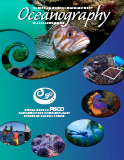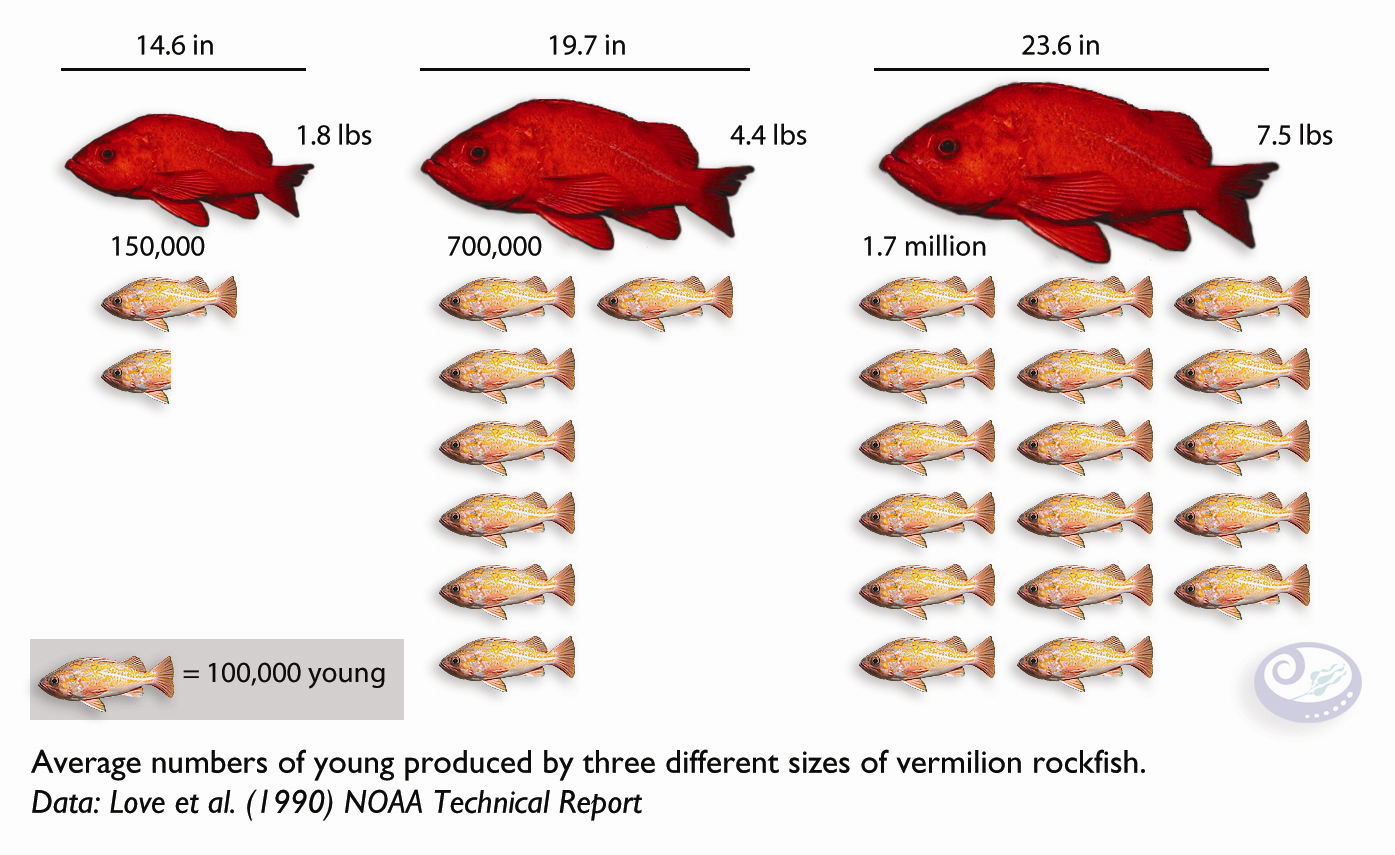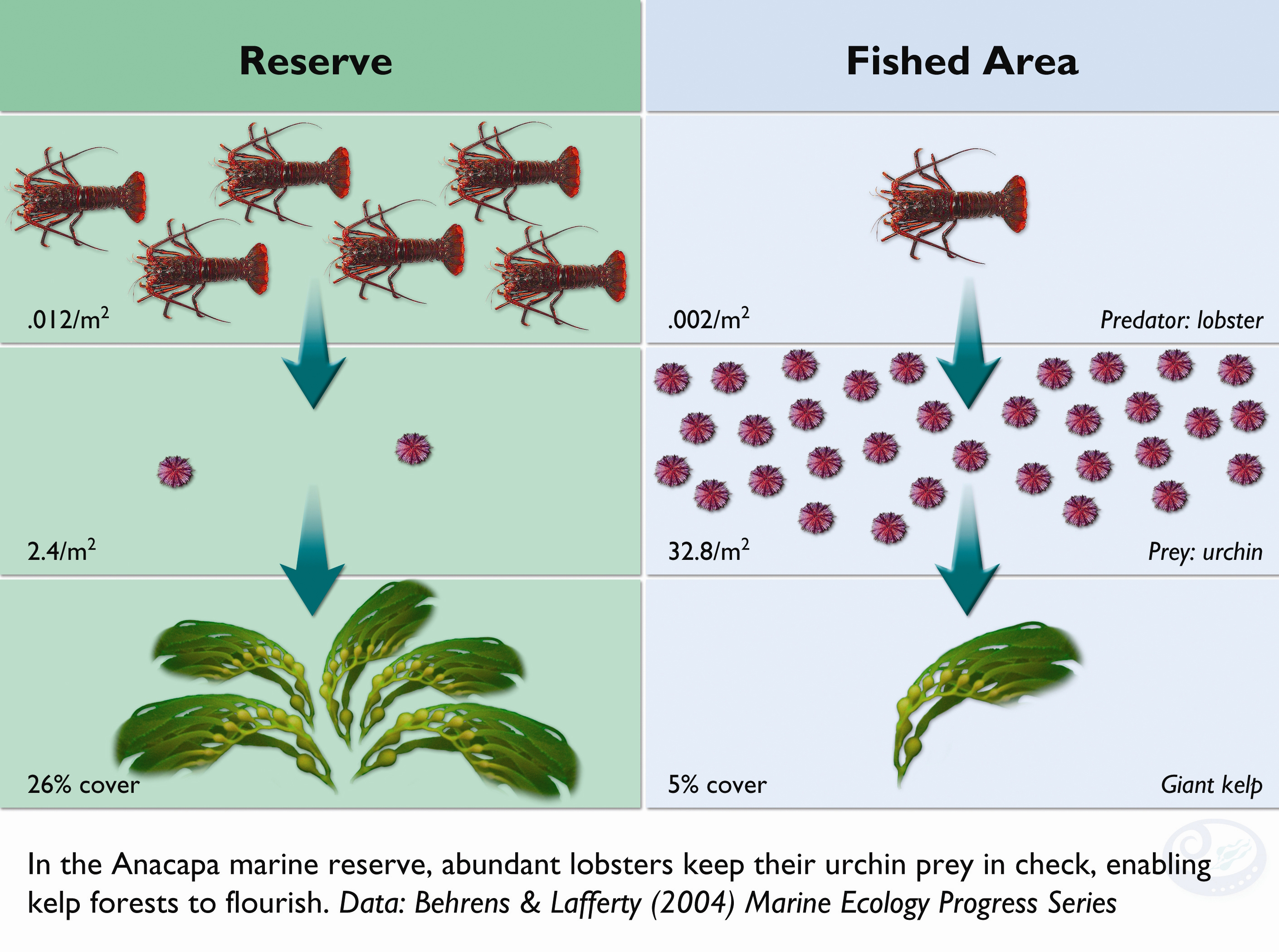Full Text
Despite the extensive knowledge about marine protected areas (MPAs) that has accumulated from scientific studies, it is often not readily available to communities, stakeholders, managers, or decision-makers. Following the development of scientific syntheses and breakthroughs in scientific understanding of marine reserves—MPAs that are fully protected from extractive activities—the Partnership for Interdisciplinary Studies of Coastal Oceans (PISCO) sought to help bridge this knowledge gap by creating a lay-audience-friendly, 22-page booklet in 2002 called The Science of Marine Reserves (SMR). The SMR summarized relevant scientific information in plain language and informative infographics.
The overwhelming success of the initial effort (Lubchenco et al., 2019, in this issue) led PISCO leaders to create an ongoing, dedicated project to synthesize and share emerging information about marine reserves with potential users across the globe. A second version of the SMR was published in 2007 to take advantage of the explosion in the marine reserves peer-reviewed literature and to accommodate requests for booklets covering specific geographical regions. This included a US version (in English and Spanish) and an international version with the same synthesis of global knowledge but a different set of case studies tailored to specific regions of the world. In 2008, PISCO published a third updated edition of the SMR for Latin America and the Caribbean (in English and Spanish), followed by a fourth, European version (2011), an updated Latin American and Caribbean version for Chile (2015), and a fifth, Mediterranean version of the booklet published as The Science of Marine Protected Areas (2016) (currently available in English and French, with an Arabic translation underway). These booklets are available at http://www.piscoweb.org/science-marine-reserves.
Process and Products
Development of each booklet began with a group of scientific expert authors, each bringing deep experience in MPA science, knowledge of the target region, and local MPA research. Each group of booklet authors met multiple times to review the existing literature, consider potential users, identify appropriate case studies from the region, consider the regional science and policy implications of the research, update the content, and draft a new booklet. To date, 67 coauthors from 31 countries have been involved in the production of one or more of the SMR booklets. More than 250 other MPA experts from developed and developing countries (70% and 30%, respectively) have served as outside reviewers. All contributors worked toward the goal of ensuring that the scientific information was clear, credible, comprehensive, and relevant to non-scientists making decisions about ocean protection in diverse regions of the planet.
Special attention was paid to the graphics and design. The goal was to provide clear and relevant information for a range of readers—from those who quickly skim the booklet to those who read it carefully, word for word. The structure of the booklets was designed to achieve this goal by presenting basic information at four different levels.
- For the reader in a hurry, or someone visually oriented: Each page has an engaging graphic that presents data or graphs from peer-reviewed articles to make the results broadly understandable (e.g., Figures 1 and 2).
- For the reader who likes information in a bulleted format: Each page includes a box that summarizes the main points.
- For the reader seeking more in-depth information: Each page uses expanded text to explain the scientific topic and the data behind it.
- For readers seeking to learn even more: A list of references points to the research in the primary literature that informed the booklet content.
Each level provides readers with basic information, whether they have five minutes or an hour to delve into the materials.
The infographics were carefully de-signed to be scientifically accurate but also user-friendly. This often involved creative brainstorming by scientists, managers, graphic designers, and communication specialists who worked together on the final product. In response to the popularity of these graphics, we made them individually downloadable for use in slide presentations or on posters (http://www.piscoweb.org/graphics).
|
|
|
|
Use and Availability
To date, more than 24,000 hard copies of the SMR booklets have been shared in at least 58 countries, plus an unknown number of copies downloaded and printed from the PISCO website. Through online surveys of booklet users, people have reported that they shared the booklets with heads of state, tribal leaders, ministers, local officials, planning commissions, conservation planning units, fishing cooperatives, conservation organizations, scientists, and local communities. The booklets have also been popular teaching tools, for example, in MPA training and capacity-building courses. Many users report that they value the booklets as a tool to communicate critical science to fishers, managers, and scientists in an accessible, user-friendly way. Some report that the booklet changed the dialogue about marine reserves in their areas, allowing communities, policymakers, and managers to move from arguing about “what the science says” to considering how reserves could be a useful tool to accomplish their diverse objectives.
The SMR booklets informed the development of not only more, but more effective, MPAs, and they spawned an effort to harmonize the cacophony of terms that have evolved around MPAs. The MPA Guide (http://wcmc.io/8408) provides much needed clarity and transparency to discussions and decisions about MPAs. The guide is designed to support countries seeking to meet their MPA commitments under the Convention on Biological Diversity and Sustainable Development Goal targets.
With the SMR project, scientists around the world have continued to collaborate, add and synthesize new scientific information, entrain local experts, share case studies, and translate information into accessible and easy-to-use materials for a range of lay audiences. For more information about The Science of Marine Reserves Project and resources, please contact Project Director Kirsten Grorud-Colvert ([email protected]).



